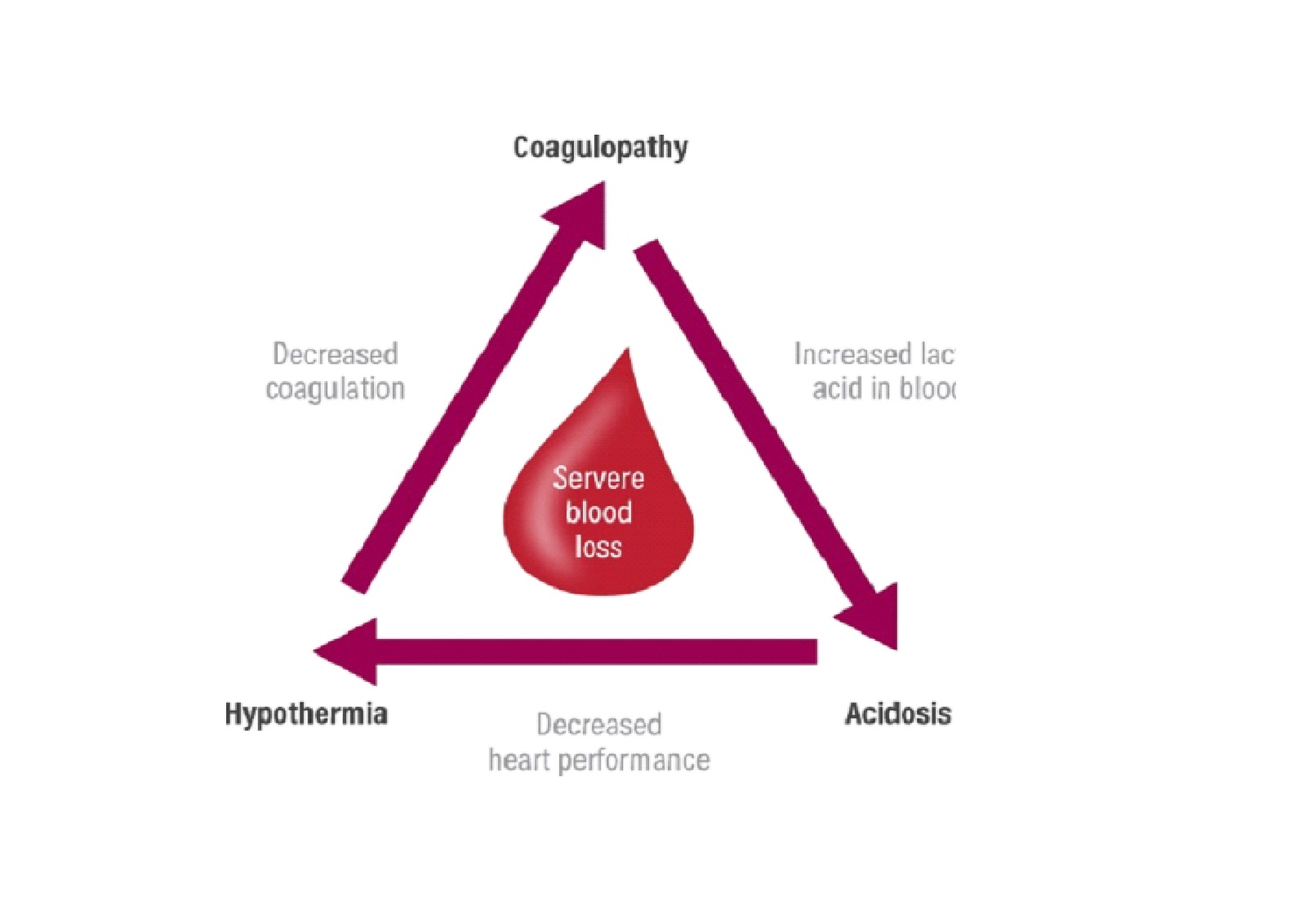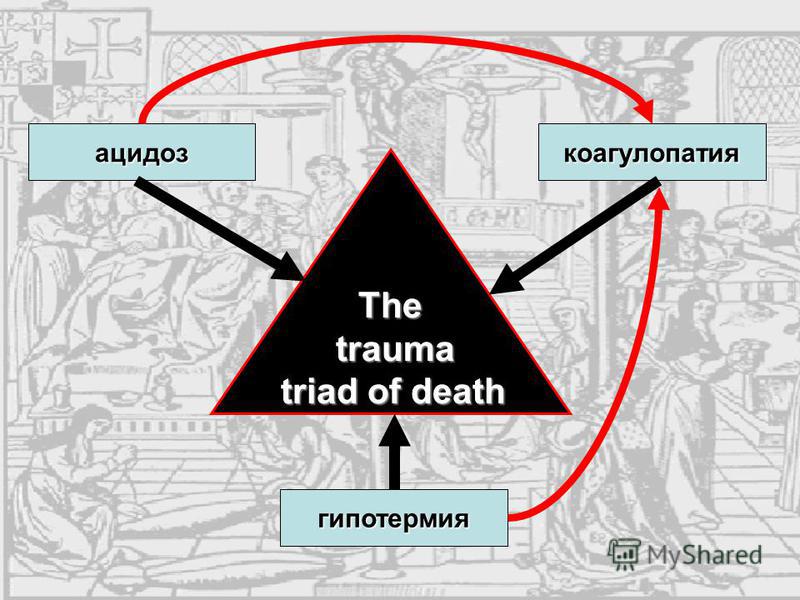

The hemostatic manifestation is associated with increased blood transfusion requirements, longer hospital stay, and higher mortality. Over the past decade, clinical observations around the globe have independently shown that coagulopathy may be present as early as hospital admission in some trauma patients. Hypothermia, acidosis, and resuscitative hemodilution have been considered as the significant contributors to coagulation dysfunction after trauma. Uncontrolled hemorrhage from coagulation dysfunction is one of the main potentially preventable causes of the mortality in both civilian and military settings. Recent data portray the intricate physiologic reverberations of hypocalcemia in the traumatically injured patient however, future research is needed to further guide the management of these patients.Ĭalcium Coagulopathy Critical Hypocalcemia Resuscitation Trauma.Traumatic injury remains one of the leading causes of death, accounting for about 40% of prehospital death. It remains poorly defined when to administer calcium, though current data suggest that earlier administration may be advantageous.Ĭalcium is a key component of trauma resuscitation and the coagulation cascade. The critical consequences of hypocalcemia in the trauma patient have been repeatedly demonstrated with the associated morbidity and mortality. Trauma patients often present hypocalcemic in the setting of severe hemorrhage secondary to trauma, which can be worsened by necessary transfusion and resuscitation. Hypocalcemia has direct and indirect effects on each portion of the lethal triad, supporting calcium's potential position as a fourth component in this proposed lethal diamond. The negative ramifications of hypocalcemia are intrinsically linked to components of the lethal triad of acidosis, coagulopathy, and hypothermia.

While calcium plays several important physiologic roles in multiple organ systems, the negative hemodynamic effects of hypocalcemia are crucial to address in trauma patients. Authors did not perform a systematic review or meta-analysis.Ĭalcium is a divalent cation found in various physiologic forms, specifically the bound, inactive state and the unbound, physiologically active state. This narrative review of available literature describes the physiology and role of calcium in trauma resuscitation. Recent data suggest hypocalcemia exacerbates the ensuing effects of coagulopathy in trauma. Electronic address: recognition and management of hemorrhage, damage control resuscitation, and blood product administration have optimized management of severe trauma.


 0 kommentar(er)
0 kommentar(er)
